Contents
Introduction
Claude Steele is a distinguished social psychologist renowned for his groundbreaking research on stereotype threat, a phenomenon that explains how individuals may underperform in certain situations due to the fear of confirming negative stereotypes about their social group. Steele’s work has significantly advanced our understanding of how societal stereotypes impact academic performance, professional achievement, and overall well-being. His theories have profound implications for education, workplace diversity, and social policy, making him a pivotal figure in contemporary psychology.
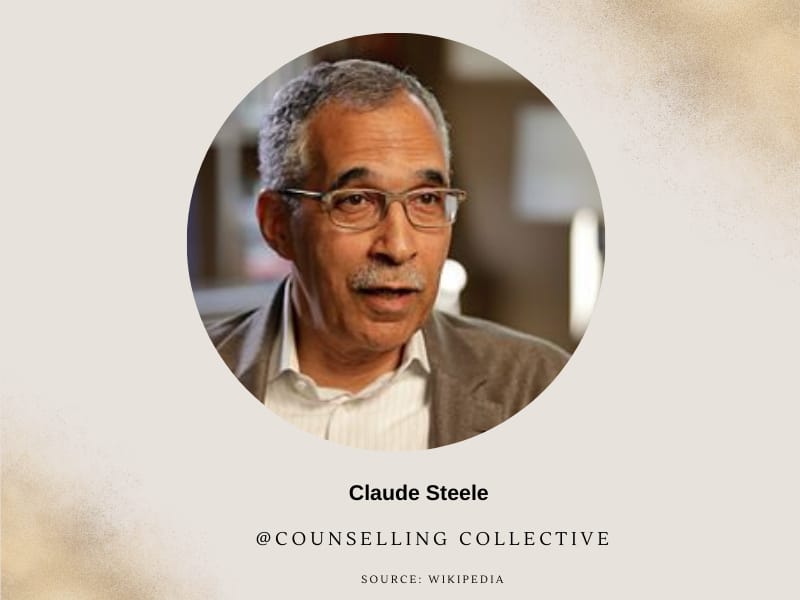
This article explores Steele’s life, major theories, and the significant impact of his work on modern psychology, particularly his contributions to understanding the interplay between stereotypes and individual performance.
Early Life and Education
Claude Monroe Steele was born on August 10, 1946, in Staunton, Virginia, USA. Growing up in a segregated society, Steele experienced firsthand the effects of racial stereotypes and discrimination. These early experiences ignited his interest in understanding the psychological mechanisms underlying prejudice and its impact on individuals’ lives. Steele’s commitment to addressing social inequalities guided his academic pursuits, leading him to become a leading researcher in social psychology.
Image Source: Russell Sage Foundation

Educational Journey
| Aspect | Details |
|---|---|
| Undergraduate Education | Steele attended Johns Hopkins University, where he earned a Bachelor of Arts degree in psychology. His undergraduate studies focused on social psychology, laying the foundation for his future research interests in stereotypes and identity. |
| Graduate Studies | Steele pursued his Ph.D. in Social Psychology at Yale University, completing his dissertation on racial identity and self-esteem. Under the mentorship of influential psychologists, Steele developed a keen interest in how societal perceptions influence individual behavior and performance. |
| Postdoctoral Training | After earning his doctorate, Steele conducted postdoctoral research at the University of Michigan, further honing his expertise in social identity theory and stereotype threat. His postdoctoral work solidified his commitment to exploring the psychological impacts of stereotypes on marginalized groups. |
Influences and Early Career
| Aspect | Details |
|---|---|
| Social Identity Theory | Steele was heavily influenced by Henri Tajfel and John Turner’s Social Identity Theory, which examines how individuals derive a sense of identity and self-esteem from their social groups. This theory provided a framework for Steele’s exploration of how group membership affects performance and behavior. |
| Stereotype Threat | Building on earlier research on prejudice and discrimination, Steele developed the concept of stereotype threat. Influenced by studies on self-fulfilling prophecies and social expectations, Steele sought to understand how the awareness of stereotypes can negatively impact individuals’ performance in various domains. |
| Educational Environments | Steele’s early career involved extensive research in educational settings, where he observed how stereotypes about race and gender influenced student performance. These observations motivated his seminal work on stereotype threat and its implications for academic achievement. |
| Mentorship and Collaboration | Steele collaborated with prominent psychologists such as Claude M. Steele and developed strong mentorship relationships that nurtured his research interests. These collaborations were instrumental in shaping his theories and expanding the scope of his work on stereotypes and identity. |
Major Theories and Work

Stereotype Threat
Claude Steele’s most influential contribution to psychology is the concept of stereotype threat, which describes the situational predicament where individuals are at risk of confirming negative stereotypes about their social group. key Elements Included:
- Definition and Mechanism: Stereotype threat occurs when individuals are aware of a negative stereotype about their group and fear that their performance will confirm this stereotype.
- Experimental Evidence: Steele’s seminal experiments demonstrated that when individuals are reminded of a negative stereotype before performing a task, their performance tends to decline.
- Implications for Education and Workplace: Stereotype threat has significant implications for educational practices and workplace diversity initiatives. Understanding this phenomenon helps educators and employers create environments that minimize stereotype threat, thereby enhancing the performance and well-being.
Image Source: LabXchange
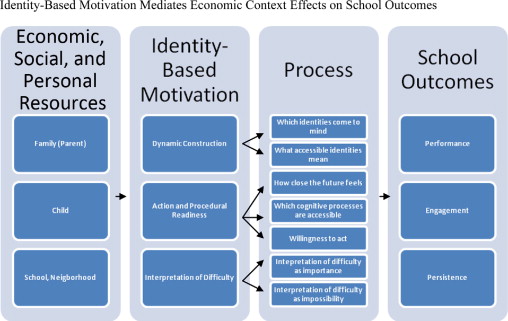
Identity-Based Motivation
Building on his work on stereotype threat, Steele has also explored how individuals’ social identities influence their motivations and behaviors. Key Elements Included:
- Cognitive and Emotional Processes: Steele examines how cognitive processes and emotional states interact with social identities to shape behavior. For instance, the pressure to conform to a negative stereotype can lead to stress and reduced motivation, while a strong, positive social identity can enhance resilience and performance.
- Intervention Strategies: Steele advocates for interventions that strengthen positive social identities and reduce the salience of negative stereotypes. This includes promoting role models, fostering inclusive environments, and encouraging self-affirmation practices that bolster individuals’ sense of self-worth independent of societal stereotypes.
Image Source: ScienceDirect.com
Famous Books and Publications
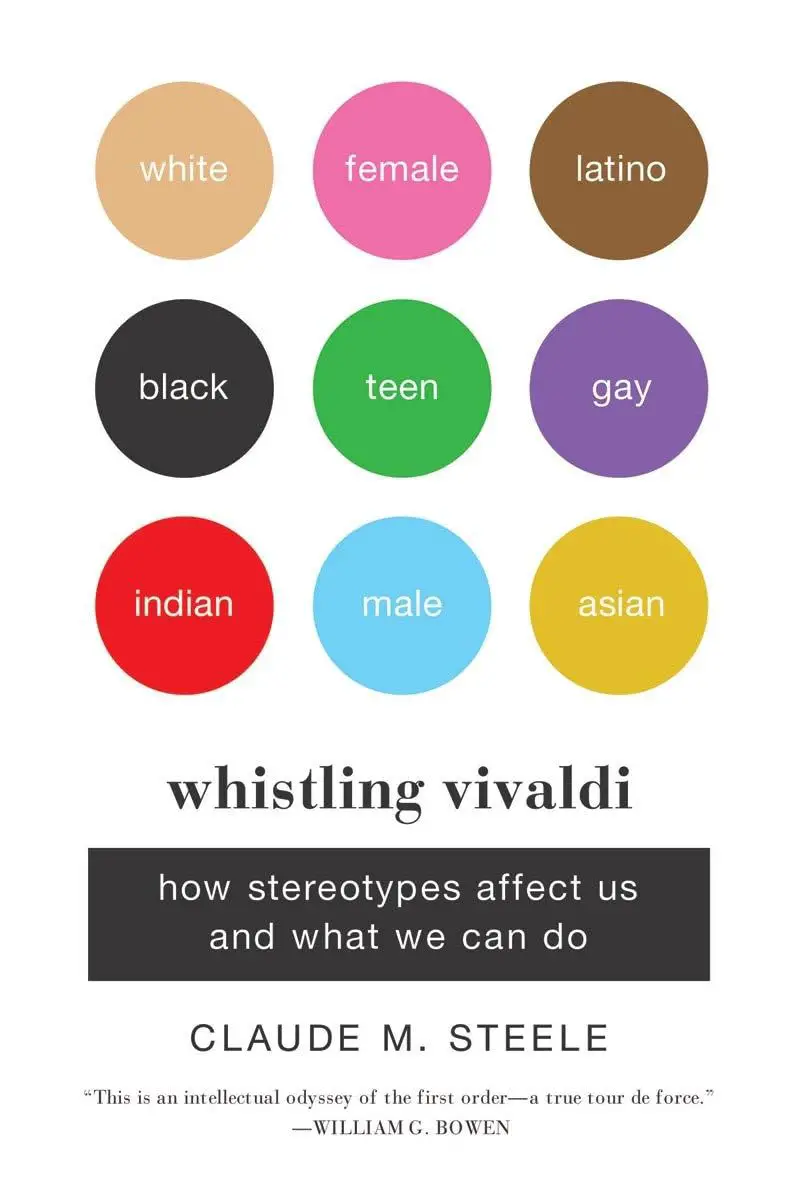
Whistling Vivaldi: How Stereotypes Affect Us and What We Can Do (Issues of Our Time)
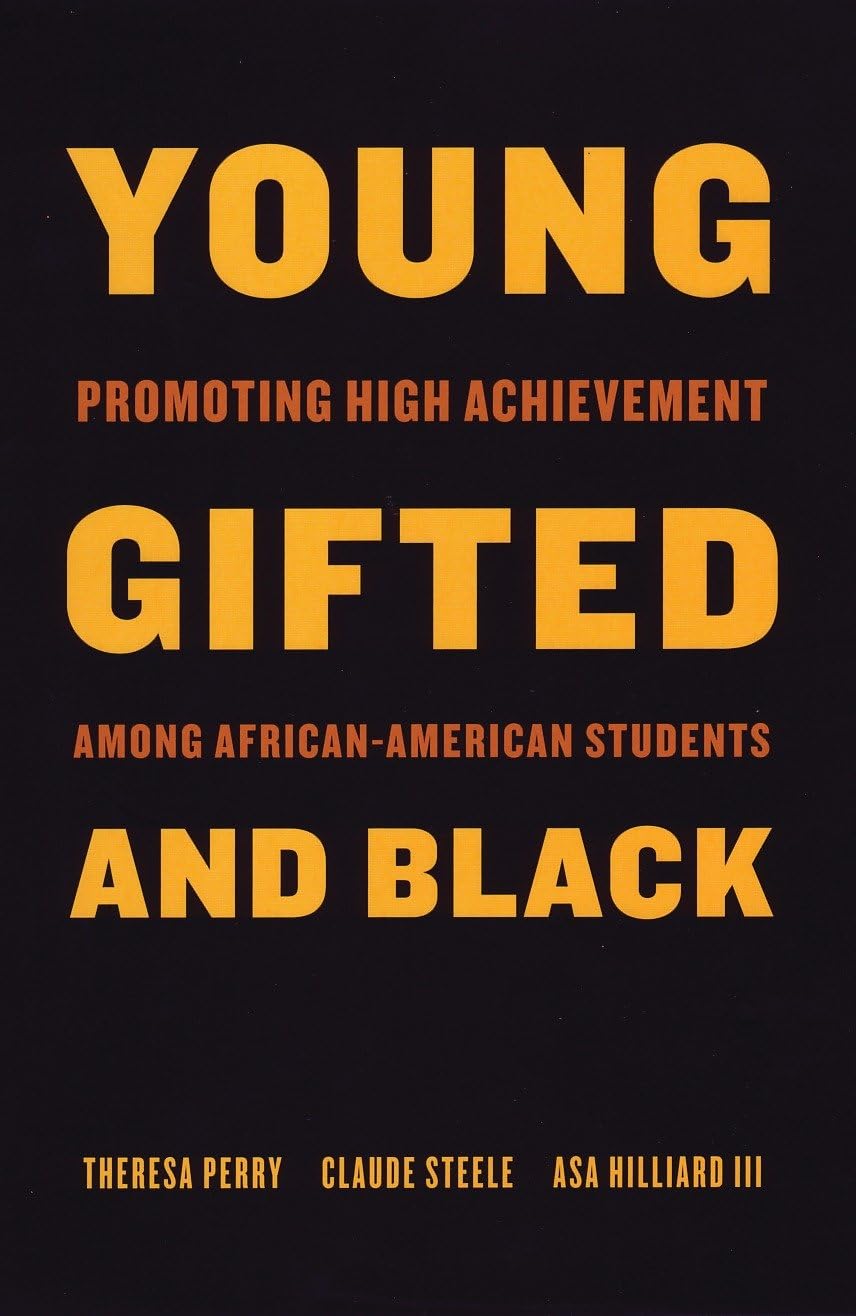
Young, Gifted, and Black: Promoting High Achievement among African-American Students

Black Holes (Young Observer)
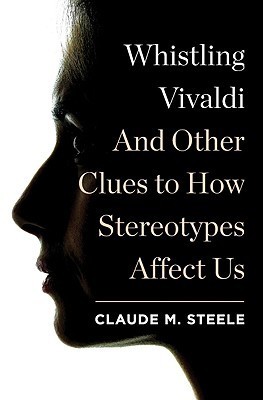
Whistling Vivaldi: And Other Clues to How Stereotypes Affect Us (Issues of Our Time)
Influence on Contemporary and Future Psychological Research
Steele’s theories continue to shape contemporary psychological research, inspiring new studies and applications across diverse fields.
- Advancements in Educational Psychology: Researchers are building on Steele’s work to develop more effective teaching methods and educational interventions aimed at reducing stereotype threat. These efforts focus on creating equitable learning environments that foster student engagement and achievement, ensuring that all learners can thrive regardless of their backgrounds.
- Organizational Behavior and Management: Steele’s insights into how stereotypes affect workplace performance are influencing contemporary studies on leadership, team dynamics, and employee engagement. Future research is likely to explore more nuanced aspects of identity-based motivation in professional settings, emphasizing strategies for cultivating diverse and inclusive workplaces that enhance productivity and job satisfaction.
- Social Policy and Public Health: Steele’s research has significant implications for social policy and public health initiatives focused on reducing health disparities among marginalized populations. Ongoing studies are examining how stereotype threat impacts health outcomes, such as mental health and chronic illness, and how targeted interventions can improve public health strategies to promote well-being and resilience within these communities.
Psychologists Influenced by Claude Steele
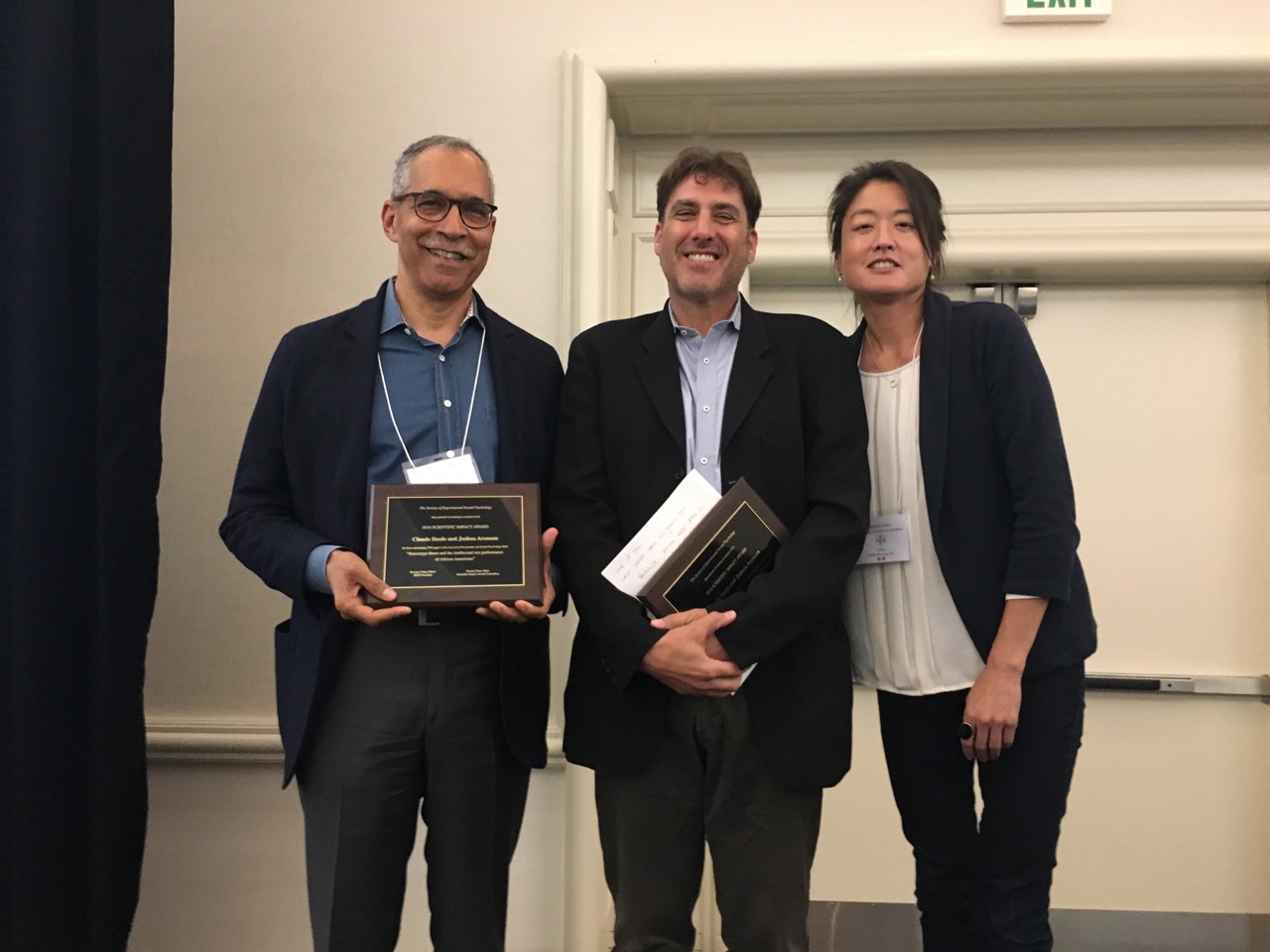
- Robin Ely: A scholar in organizational behavior, Ely has incorporated Steele’s findings on stereotype threat into her research on diversity in the workplace. She explores how organizational policies can effectively mitigate the effects of stereotypes on employee performance and promote an inclusive culture that values diverse perspectives.
- Jennifer Eberhardt: Known for her groundbreaking work on implicit bias, Eberhardt has been influenced by Steele’s research on stereotype threat. She particularly examines how unconscious stereotypes affect behavior and decision-making in law enforcement and judicial settings, providing crucial insights into the implications for social justice and equity.
- John Bargh: A prominent social psychologist focusing on automaticity and unconscious processes, Bargh’s work intersects with Steele’s theories on implicit stereotypes. He investigates how these stereotypes influence behavior without individuals’ conscious awareness, shedding light on the cognitive mechanisms that drive biased behaviors in everyday life.
- Mahzarin Banaji: A leading figure in the study of implicit social cognition, Banaji has collaborated with Steele on understanding stereotype threat and its implications. Her research focuses on how implicit biases affect perceptions and interactions across various domains, including education, health, and law, emphasizing the importance of awareness and intervention.
Impact on Psychology
- Influence on Modern Thought: Claude Steele’s development of the stereotype threat theory has fundamentally altered the landscape of social psychology. His work has highlighted the subtle yet profound ways in which societal stereotypes can undermine individuals’ performance and self-concept. By bringing attention to the psychological mechanisms behind stereotype threat, Steele has paved the way for a deeper understanding of how social identities influence behavior and achievement.
- Legacy and Recognition: Steele has received numerous accolades for his contributions to psychology, including the Distinguished Scientific Contribution Award from the American Psychological Association (APA). He is a member of the National Academy of Sciences and has been honored with various fellowships recognizing his impact on social psychology and educational reform. Steele’s legacy is evident in the widespread adoption of his theories in both academic research and practical applications aimed at reducing the adverse effects of stereotypes.
Conclusion
Claude Steele’s pioneering work on stereotype threat and identity-based motivation has had a lasting and transformative impact on the field of psychology. By elucidating how societal stereotypes affect individual performance and well-being, Steele has provided invaluable insights for educators, policymakers, and organizational leaders seeking to create more equitable and supportive environments. His theories continue to inspire ongoing research and practical interventions, ensuring that his contributions will endure in the pursuit of social justice and psychological well-being.
Bibliography
- Steele, C. M. (1997). A threat in the air: How stereotypes shape intellectual identity and performance. American Psychologist, 52(6), 613–629.
- Steele, C. M., & Aronson, J. (1995). Stereotype threat and the intellectual test performance of African Americans. Journal of Personality and Social Psychology, 69(5), 797–811.
- Steele, C. M., Spencer, S. J., & Aronson, J. (2002). Stereotype threat. Annual Review of Psychology, 53, 439–464.
- Steele, C. M. (2010). Whistling Vivaldi: How stereotypes affect us and what we can do. W.W. Norton & Company.
- Steele, C. M., & Spencer, S. J. (2003). Stereotype threat in academic contexts. In J. J. A. Galinsky (Ed.), Encyclopedia of Applied Psychology (Vol. 4, pp. 704–712). Elsevier.
- Steele, C. M., & Aronson, J. (1997). Stereotype threat and the intellectual test performance of African Americans. In D. M. Bernstein (Ed.), Social Psychology (pp. 123–135). Prentice Hall.
- Steele, C. M., & Spencer, S. J. (1999). Stereotype threat and self-regulation: How confronting stereotypes affects performance. In R. M. Lerner & L. Steinberg (Eds.), Handbook of Adolescent Psychology (pp. 49–72). Wiley.
- Steele, C. M., Spencer, S. J., & Aronson, J. (2002). Stereotype threat. Annual Review of Psychology, 53, 439–464.
- Steele, C. M. (2010). Whistling Vivaldi: How stereotypes affect us and what we can do. W.W. Norton & Company.
- Steele, C. M., & Spencer, S. J. (2003). Stereotype threat in academic contexts. In J. J. A. Galinsky (Ed.), Encyclopedia of Applied Psychology (Vol. 4, pp. 704–712). Elsevier.
